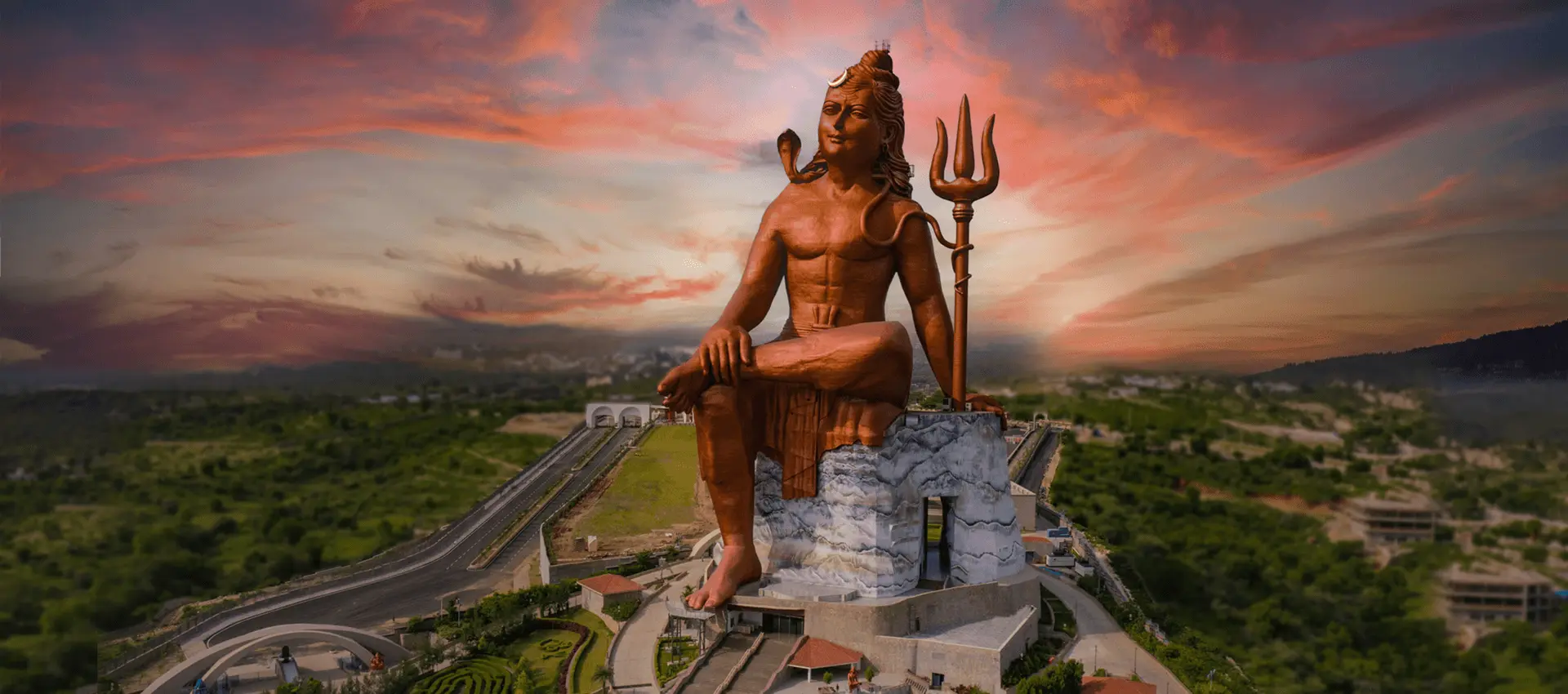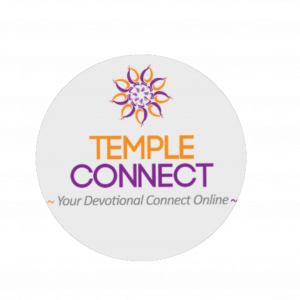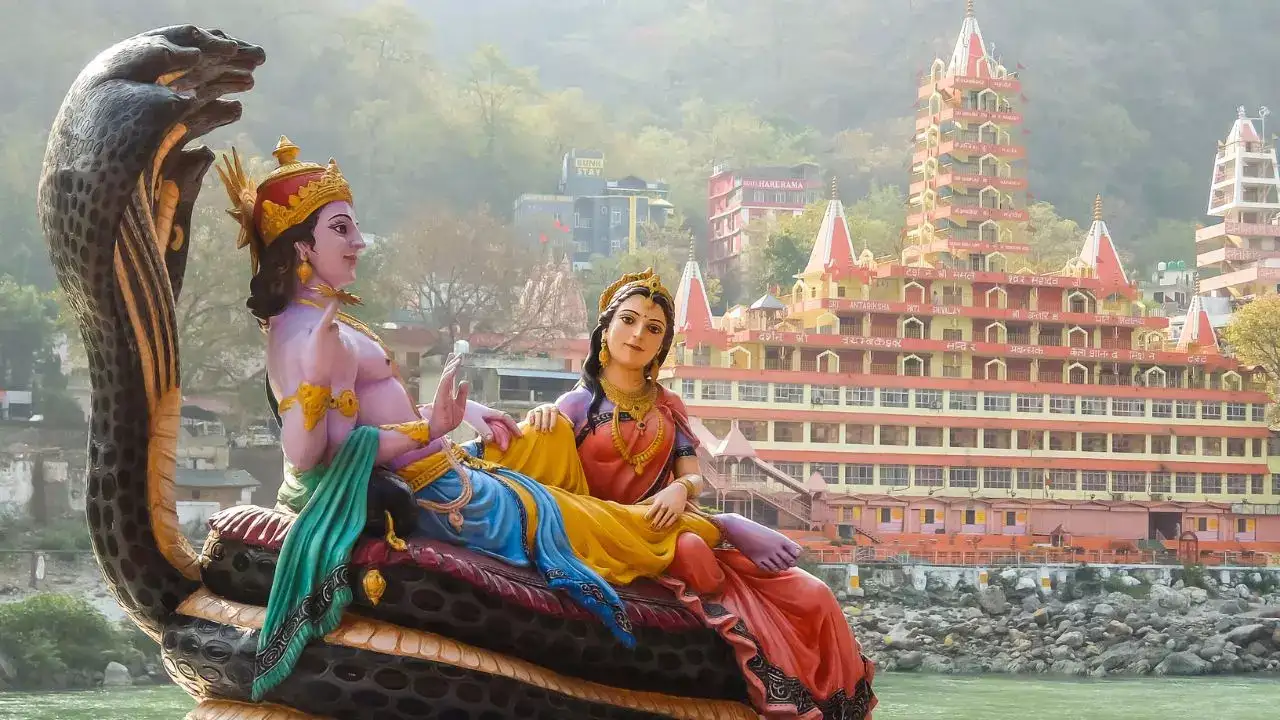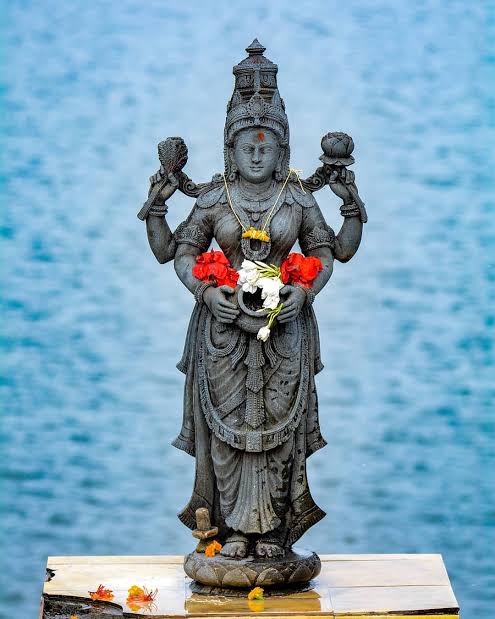Soma Pradosh Vrat
Soma Pradosh Vrat is one of the most spiritually potent observances in Hindu tradition, combining the transformative energy of Pradosh time with the soothing influence of the Moon. When this sacred period aligns with a Monday (Somavara), it is called Soma Pradosham, a day hailed for its divine power to dissolve sins and manifest blessings.
Pradosham is a unique 3-hour time frame that begins 1.5 hours before sunset and extends to 1.5 hours after sunset. It occurs twice a month on the 13th day (Trayodashi) of each lunar fortnight—both in the Shukla (waxing) and Krishna (waning) Pakshas. This window is considered highly auspicious for the worship of Lord Shiva and his mount, Nandi.
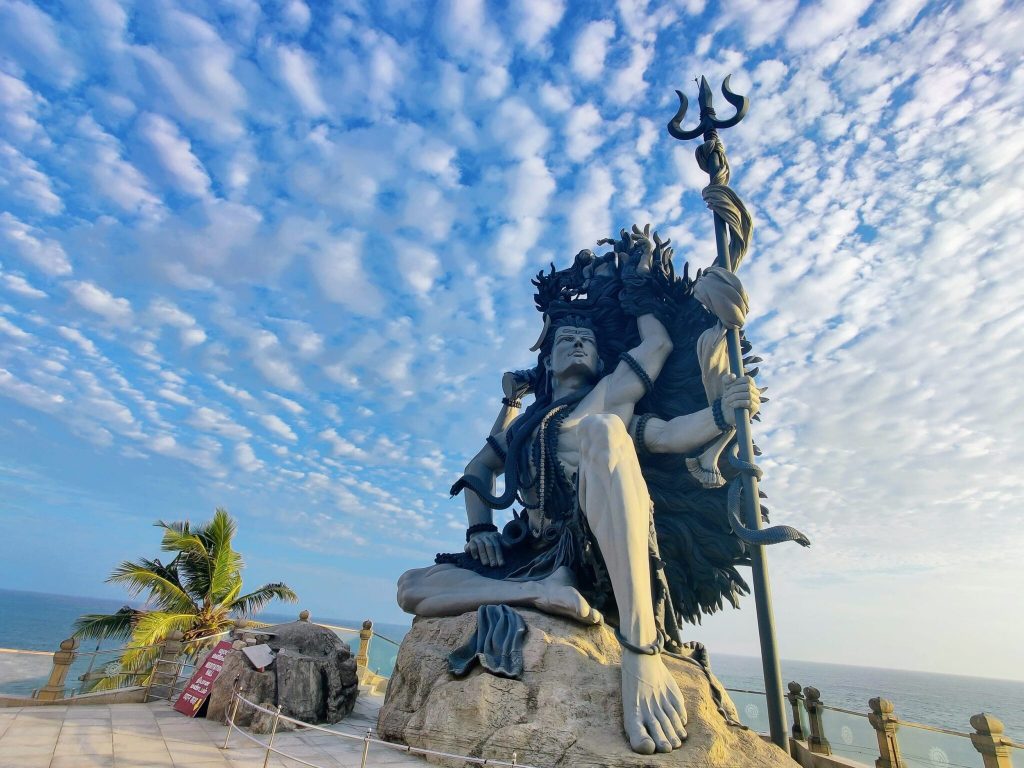
“In the Moon’s gentle glow and Shiva’s silent power, Soma Pradosh heals the heart and awakens the soul.”
Significance of Soma Pradosham
Soma means the Moon in Sanskrit. It also denotes “Saha Uma” (with Uma-Goddess Parvati), symbolizing the divine union of Shiva and Shakti. Monday is ruled by the Moon, which governs our mind, emotions, and inner perception. When Pradosham falls on a Monday, the confluence creates an extremely sacred moment to offer prayers, meditate, and invoke divine grace.
Shiva, adorned with the crescent moon, known as Chandrasekhara, is considered the master of time (Kala Bhairava), the dissolver of sins, and the cosmic transformer. The mind, being ruled by the Moon, finds calmness in devotion during Soma Pradosh. It is also a day ideal for Parvati worship, especially for mastering emotional stability and attracting family harmony.
Legends and Mythological Importance
One of the foundational legends behind Pradosham originates during the churning of the milky ocean (Samudra Manthan). When poison (Halahala) emerged, threatening to destroy the cosmos, Lord Shiva consumed it to protect the universe. Goddess Parvati held the poison in Shiva’s throat, giving rise to his form as Neelakantha. It was during the Pradosh time that Shiva saved creation.
Another inspiring story tells of a poor Brahmin widow who, through her unwavering devotion and regular Pradosh fasting, unknowingly nurtured an injured prince. Through divine will, the prince regained his kingdom, married a Gandharva princess named Anshumati, and honored the Brahmin woman by sheltering her in his palace. This tale underscores the divine rewards of sincere Pradosh observance.
Astrological and Spiritual Relevance
The Moon governs emotions. Negative karmas, depression, anxiety, and erratic thoughts are linked to its imbalances. On Soma Pradosh, Lord Shiva’s energy stabilizes the Moon’s influence, neutralizing Chandra dosha and bringing peace to the heart and mind. Devotees often find mental clarity, emotional healing, and greater spiritual focus.
Shiva and Parvati together represent dual aspects of creation. Worshiping them on this day removes doshas related to marriage, fertility, and prosperity. As Lord Shiva controls the lunar waxing and waning cycles, Soma Pradosham is an opportunity to align inner rhythm with cosmic cycles.
Customs, Traditions, and Rituals
Devotees observe fasting from sunrise to after sunset. The fast may be complete (nirjala) or partial (phalahar). The key is to remain mentally and emotionally pure.
Puja begins during the Pradosh period:
- Devotees bathe, dress in white, and invoke Ganesha first.
- Facing north, they offer prayers to Lord Shiva chanting “Om Namah Shivaya” 108 times.
- A lamp of cow ghee is lit.
- White flowers (like kaner) and white sandalwood paste are offered.
- Fragrant water, kheer (made from white rice), and payasam are presented as naivedya.
- Shiva Abhishekam is performed with items like milk, ghee, rosewater, turmeric, panchamrit, and sandalwood paste. Each item has its specific blessing.
- Rudraksha mala is used for counting chants.
- Devotees write “Om Namah Shivaya” 108 times as part of their meditation practice.
How to Observe Soma Pradosham Vrat at Home
- Wake early, bathe, and wear clean white clothes.
- Clean the altar and prepare offerings.
- Offer prayers to Ganesha.
- Recite Shiva mantras or read the Shiva Purana.
- Begin the main puja 1.5 hours before sunset.
- Offer lamp, incense, flowers, abhishekam items.
- Meditate and remain inward-focused.
- Break fast with prasad after sunset.
Celebrations Across India
In South India, especially Tamil Nadu and Karnataka, Soma Pradosh is celebrated with grand rituals in Shiva temples. The idol of Shiva and Parvati seated on Nandi is paraded around the temple.
In Northern states like Uttar Pradesh and Bihar, devotees throng to local temples offering bilva leaves and milk. Kashi Vishwanath and Bhimashankar Jyotirlinga temples witness immense footfalls during Soma Pradosham.
Temples Where Soma Pradosham Is Prominent
- Kashi Vishwanath (Varanasi)
- Bhimashankar (Maharashtra)
- Trimbakeshwar (Nashik)
- Arunachaleshwar Temple (Tiruvannamalai)
- Mahakaleshwar (Ujjain)
Benefits of Observing Soma Pradosham Vrat
- Removes sins from current and past lives.
- Grants mental peace, reduces anxiety and depression.
- Fulfills desires and manifests prosperity.
- Helps attract a good spouse and ensures family harmony.
- Balances lunar energy and heals mind-related disorders.
- Opens the gateway to Moksha (liberation).
Soma Pradosh Vrat is more than a fast; it is a divine invitation to reset your karmic path and elevate your soul. By synchronizing with the cosmic rhythm of the Moon and surrendering to Lord Shiva’s grace, devotees unlock healing, peace, and spiritual elevation. This vrat is a sacred doorway – when observed with devotion and purity, it transforms the seeker from within.
